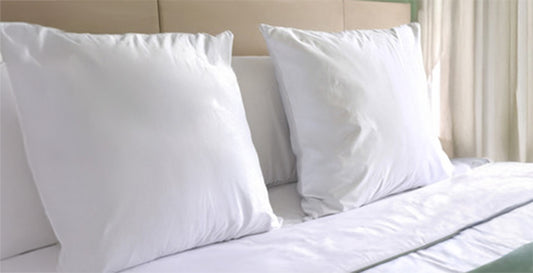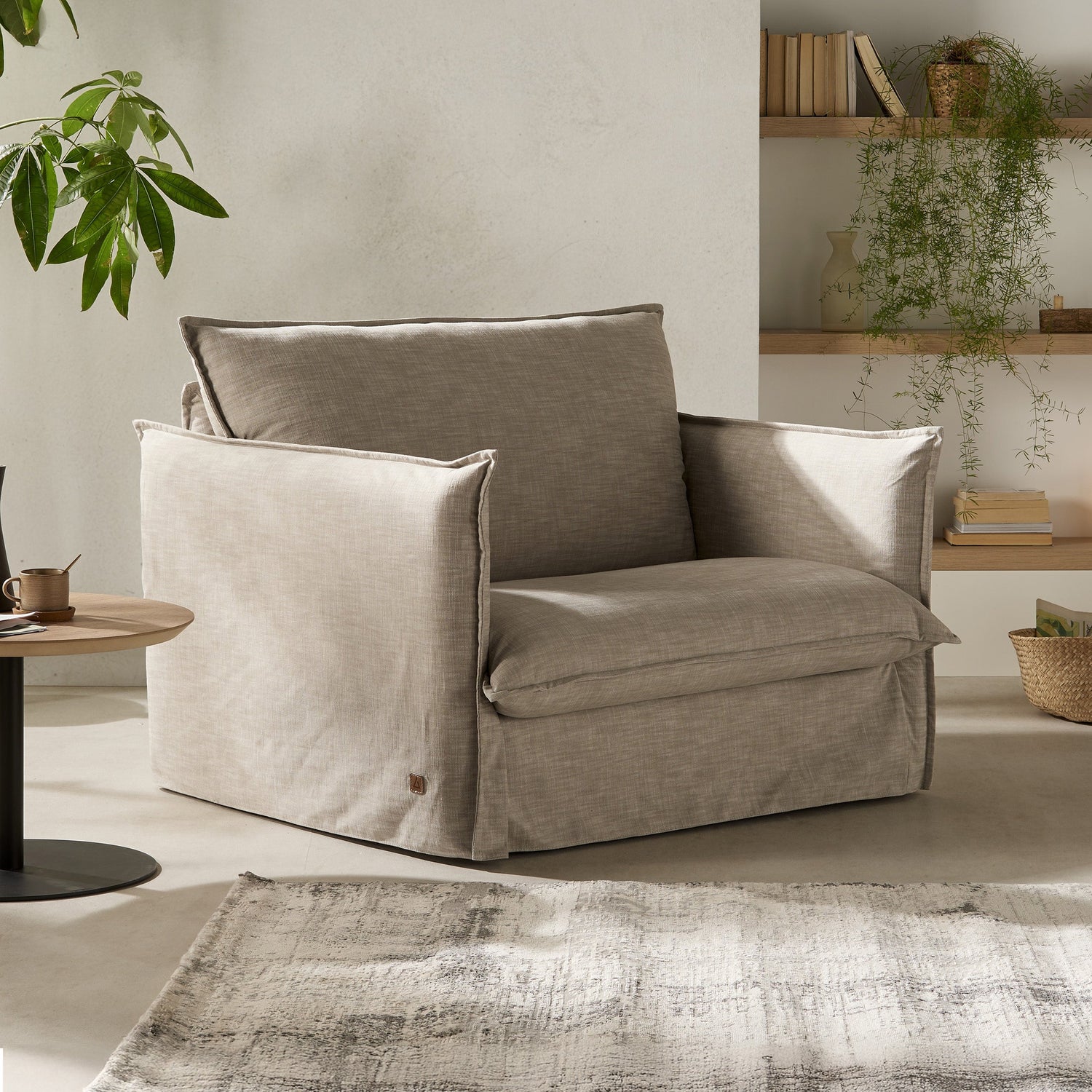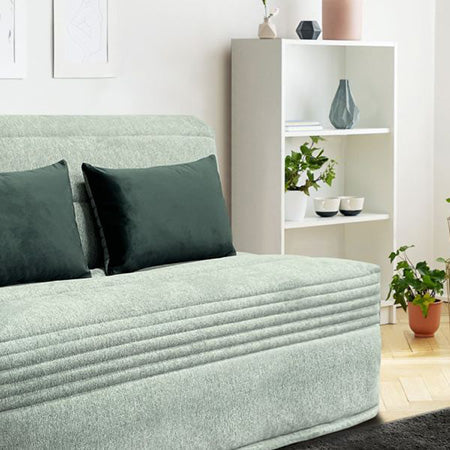In a world where working from home has become the norm for many, optimizing every corner of your home is essential. What if your trusty sofa bed, usually used for relaxation and occasional sleeping, also became your ally for a productive workday? Far from being a makeshift solution, transforming your sofa bed into a comfortable and ergonomic workspace is entirely possible with the right tips.
Whether you're short on space, looking for an alternative to your usual desk, or simply looking for a more cozy workspace, this guide will show you how to transform your sofa bed into a functional and comfortable extra desk.
Why work on your sofa bed?
Before diving into the “how,” let’s explore the “why”:
- Space Optimization: Ideal for small apartments or studios where space is limited.
- Flexibility: Easily switch between relaxation and workspaces, depending on your needs.
- Increased comfort: For those who find an office chair too stiff, the sofa can offer a softer alternative.
- Change of environment: Break the routine by alternating work locations at home.
- Temporary solution: perfect if you don't yet have a dedicated office or if you work on an ad hoc basis.

Key elements for a comfortable office on a sofa bed
To effectively transform your sofa, you will need a few well-chosen accessories.
The laptop stand
This is the key! Forget about having a computer on your lap, it's bad for your back and for the computer (overheating).
- Laptop tray: There are models specially designed for the sofa , with integrated cushions for leg comfort and sometimes space for a mouse.
- Lift-up coffee table: If you already have a coffee table, a lift-up model can be positioned at the right height above your sofa.
- Small side table on a stand: A "C" table or adjustable bed table can slide under the sofa and position your computer above your knees.
Cushions: support and ergonomics
Your sofa is soft, but to work, you need support.
- Lumbar cushion: essential for supporting your lower back and preventing back pain.
- Firm booster cushions: Use them to support your back and keep you upright, or to raise your seat slightly if necessary.
- Reading pillow: A large triangular pillow or one with built-in armrests can provide excellent back support.
Lighting: against visual fatigue
Good light is crucial to avoid eye strain.
- Natural light: favor daylight by positioning yourself near a window.
- Task lamp: If natural light is insufficient or if you work in the evening, a small desk lamp on your stand, or a floor lamp nearby, is essential. Choose a white, glare-free light.
Organization: Keeping the space clean and functional
Even a small space deserves to be organized.
- Small storage boxes: for your pens, post-its, chargers, etc.
- Side table within easy reach: to place your cup of coffee, your phone, or a few files.
- Minimalism: Keep your workspace clutter-free to avoid distractions. Put everything away after each session.
Ergonomic tips for productive work
Working on a sofa requires some adjustments to remain ergonomic:
- Body position: Sit as straight as possible with your back well supported. Your feet should ideally be flat on the floor or on a small footrest.
- Screen height: Your laptop screen should be at eye level to avoid tilting your head. Your stand should allow this adjustment.
- Keyboard/mouse distance: If possible, use an external keyboard and mouse. This will allow you to position your screen at the correct height without contorting your wrists or shoulders.
- Take regular breaks: Working on the couch can encourage static movement. Stand up, stretch, and walk around every hour.
- Vary your positions: if you can, alternate between the sofa and another space (kitchen, dining table) to change your posture.
Choosing the right sofa bed for teleworking
If you don't yet have a sofa bed, here are some criteria to consider for "office" use:
- Seat firmness: A sofa with a slightly firmer seat will be more suitable for prolonged work.
- Seat depth: Moderate depth provides better back support.
- Armrests: Sturdy armrests can provide additional support for leaning on.
- Space under the sofa: If you are considering a C-shaped side table, make sure there is enough space underneath.
Conclusion: productivity at the heart of comfort
Your sofa bed has untold potential as a workspace. With a few well-chosen accessories and attention to ergonomics, you can create a comfortable and productive office that blends perfectly into your home. Remember, the most important thing is to find the configuration that works best for you, so that working from home is synonymous with well-being and efficiency. So, are you ready to transform your sofa?
READ ALSO: The best sofa beds for children's bedrooms or playrooms











